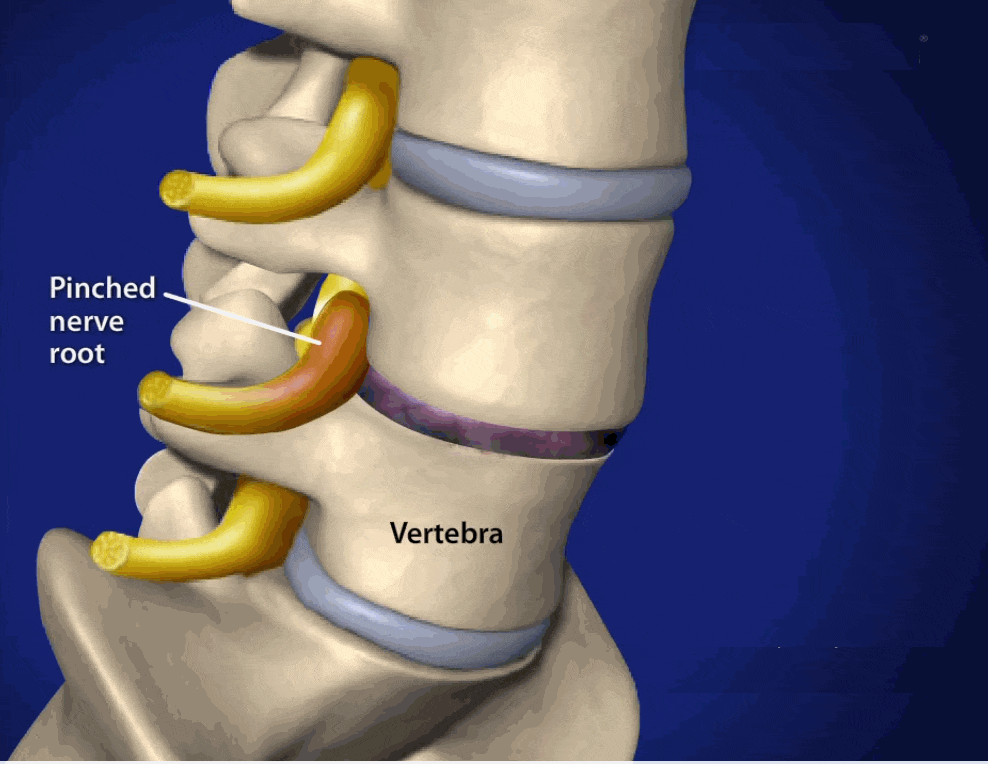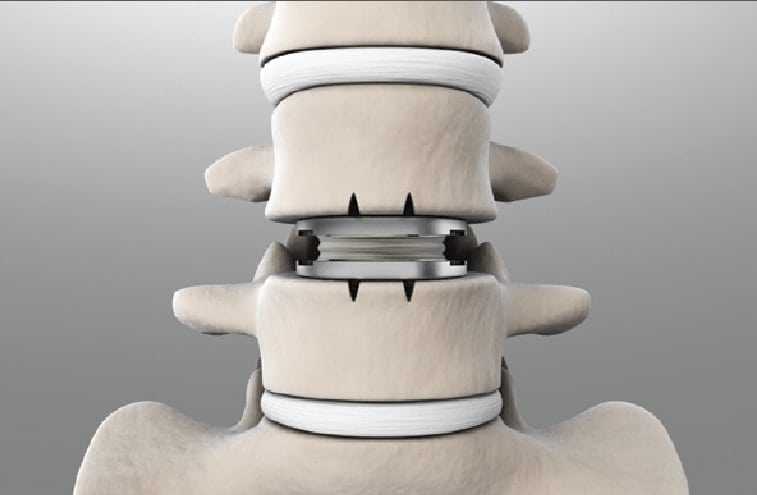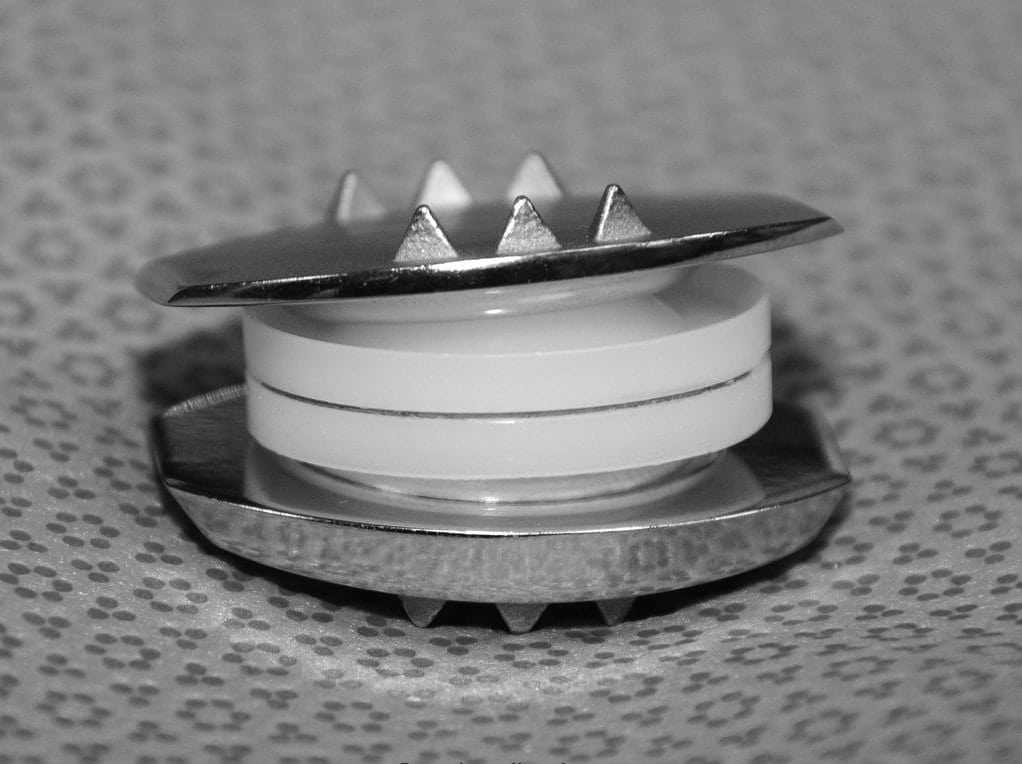Disc Replacement

What is Disc Replacement ?
Injury, strain and/or wear and tear due to the aging process can cause the disc to become damaged and/or lose its density. When this occurs, there are a number of spinal conditions that may develop. The signs and symptoms can be quite painful and can have a debilitating effect on your day to day life including, but not limited to, the loss of mobility and disturbed sleep patterns. The traditional surgery that would have been performed is a spinal fusion; however there is a relatively new procedure that replaces the damaged disc. This alternative procedure is referred to as an artificial disc replacement.

This is a relatively new procedure in the medical field and in particular North America. At this time, in North America, there have only been patients who have undergone the replacement of one disc. In Europe, there have been patients who have had two and even three artificial disc replacement surgeries and have experienced a high success rate in so doing.
At this time, cervical disc replacement and lumbar disc replacement surgeries are available and in fact, the medical industry is hopeful that lumbar disc replacement may soon become the standard in treating lower back pain.

Candidates for Disc Replacement Surgery
Not all patients who have been diagnosed with a spinal condition are candidates for disc replacement. Depending on the condition, some patients may explore spinal fusion, where stability is necessary in the spine.
For patients experiencing chronic or severe pain or loss of motion due to a damaged disc, they are likely candidates for disc replacement surgery. Contrary to spinal fusion that removes the damaged disc and allows the two vertebrae to fuse, artificial disc replacement is seen to be the more beneficial given the fact that motion in that spinal area is maintained.

Benefits of Artificial Disc Replacement
The success rate for artificial disc replacement is high and patients are able to resume their normal lifestyle, relatively free of pain with no loss of mobility.
By replacing the disc in either the cervical or lumbar region of the spine, the patient is in most cases free of the pain that was caused by the diseased disc. Symptoms that affected the patient as a result of the damaged disc, are virtually non-existent with the damaged disc replaced. Their motion or mobility to the affected area is restored.
Another benefit to having disc replacement surgery is the fact that the damaged disc is removed and therefore no bone has been fused together. The majority of patients diagnosed with spinal disease or conditions will often deteriorate or worsen over time. If disc replacement surgery is performed, rather than spinal fusion, it is more likely and soon what is hoped to be more common to replace additional or subsequent damaged discs. With spinal fusion, mobility is no longer possible in the affected area and so the thought is that if subsequent discs are damaged and therefore removed, there is further loss of mobility in the spinal column having a much greater debilitating effect on the patient’s daily lifestyle.

Will the Artificial Disc Require Replacement
At this time, based on clinical trials in both Europe and North America, it would appear that the artificial disc would last approximately 15 years. Depending on the lifestyle of the patient and taking into consideration age, weight, occupation and the level of physical activity, this may vary. It is possible that the artificial disc may last up to 25 years.
At the time of this article, there were no reported patients who had undergone a repeat artificial disc replacement surgical procedure.





